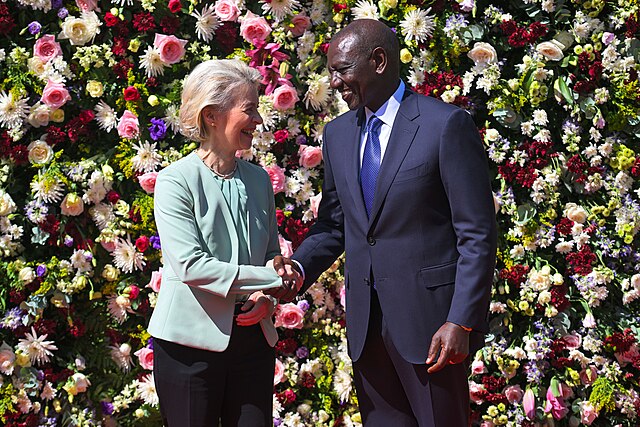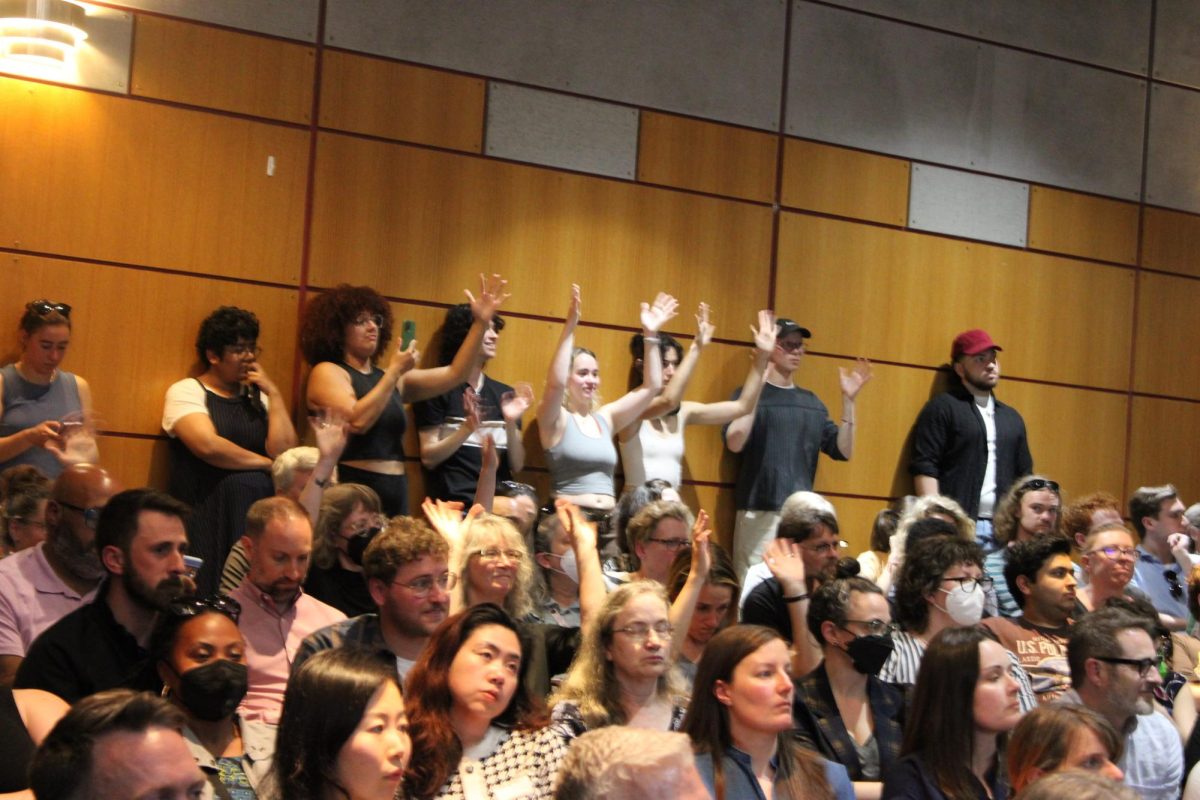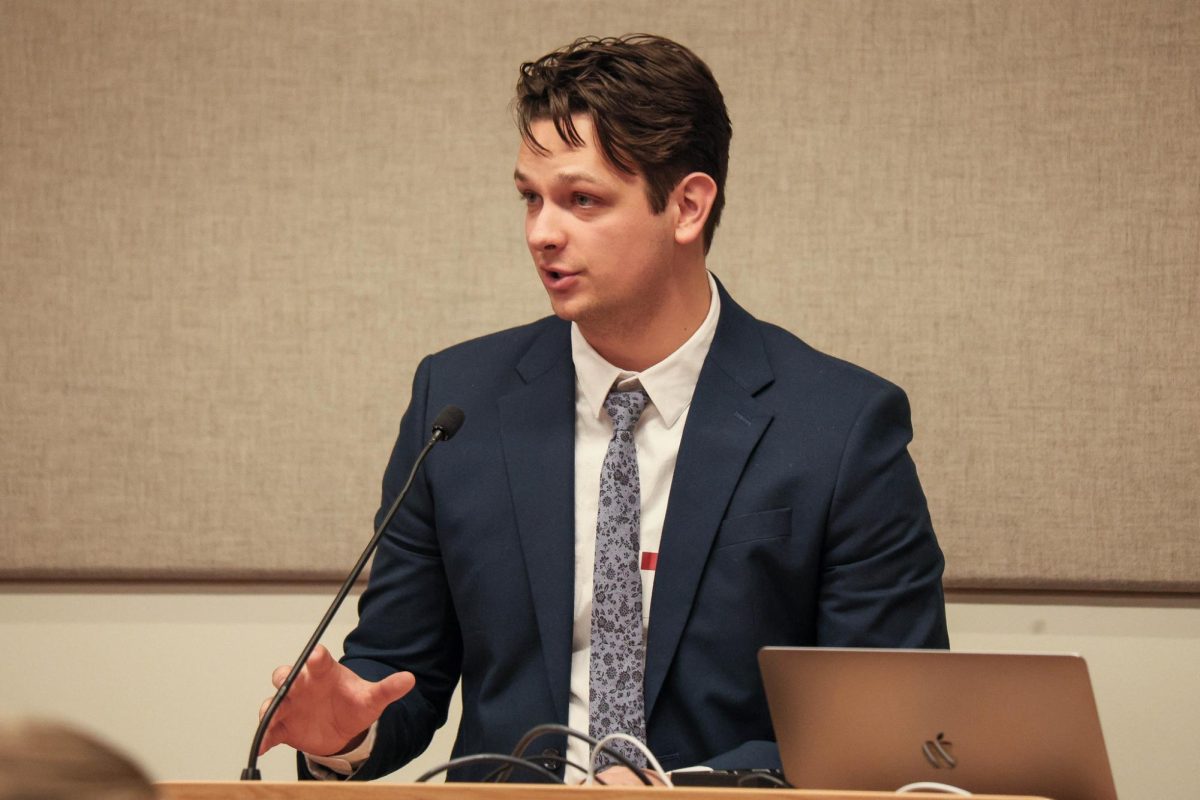We as a society are taking in more news every day than ever before. It may not be from the New York Times, but we’re learning about current events from those around us, and increasingly through the use of social media.

“Access to a world of infinite information has changed how we communicate, process information, and think. … Innovation, creativity, and independent thinking are increasingly crucial to the global economy,” states Wired Magazine’s Joshua Davis.
Many people from past generations think that we are a society that doesn’t care enough to be informed and follow news the way they did. Young people especially are portrayed as lacking a working knowledge of current events. Newspapers are supposedly dying out, but the Internet lives on to deliver news to anyone at anytime and any place.
What is news to some may not be news to others. Experts agree that there are eight elements of a good news story: immediacy, proximity, prominence, oddity, conflict, suspense, emotion and consequence. Most of these elements apply to information that social media provides. If I were to post the status: “UMass hockey won!” immediately after a game, it is only relevant to UMass fans and fans of the opposing team. Considering the fact that a large amount of my Facebook friends go to UMass, this is information they care about. It is nearby, so it is relevant. Even with only a handful of words, this abridged form of news delivers information that can be further investigated if desired.
News is local and global. Thanks to the Internet, anything can be found out with a click of a button. Twitter is especially useful for news updates because if, for example, I wasn’t at the hockey game, I could go on my Twitter feed to see live updates that my friends posted when each goal was scored. The excitement in these updates would be clear. This form of fan-based news may be biased, but it is an update nonetheless. If it weren’t for the Internet, those who didn’t attend the game would need to wait to find out what happened in the newspaper—the day after. Now, we can find out within seconds.
Because of smartphones, we truly have more access to news than ever before. Social media is not a traditional form of news, yet it is informative and progressive. We are constantly getting updates about our friends instead of famous figures. This is still news, as it is informing us of what is going on in the lives of those who we care enough about to follow on a form of social media.
This change in culture is due to media messages portrayed through online mediums, which have evolved over time with the progression of technology. James Carey, author of “Communication as Culture,” defines communication as “the transmission of signals or messages over distance for the purpose of control(,) … the desire to increase the speed and effect of messages as they travel in space … (and) a process whereby messages are transmitted and distributed in space for the control of distance and people.” Social media fits this definition because it is constantly available, allowing us more access than traditional forms of news in finding out what is going on in our community. News is meant to communicate information from one party to the next, with the goal of informing the public. Newspapers can still confirm and expand on information relevant to a larger population, but being able to localize and personalize our own news is an achievement in and of itself.
Karen Podorefsky can be reached at [email protected].











